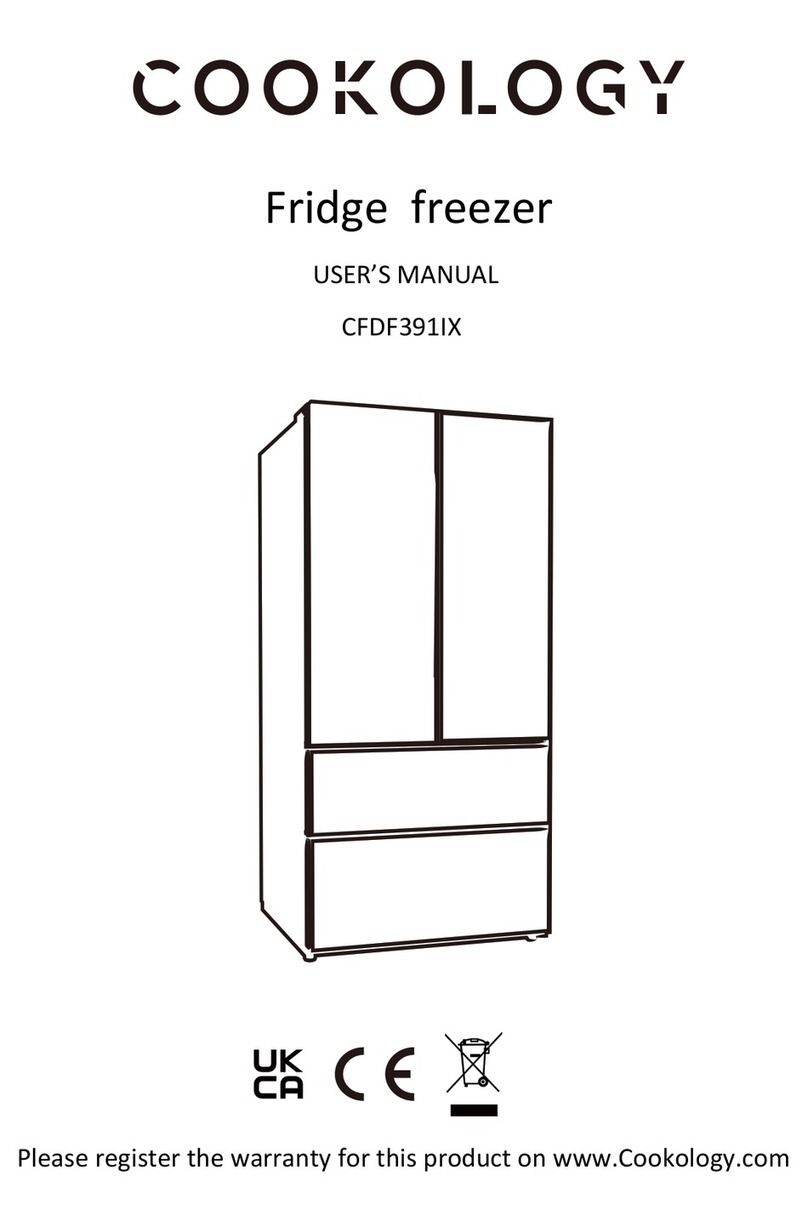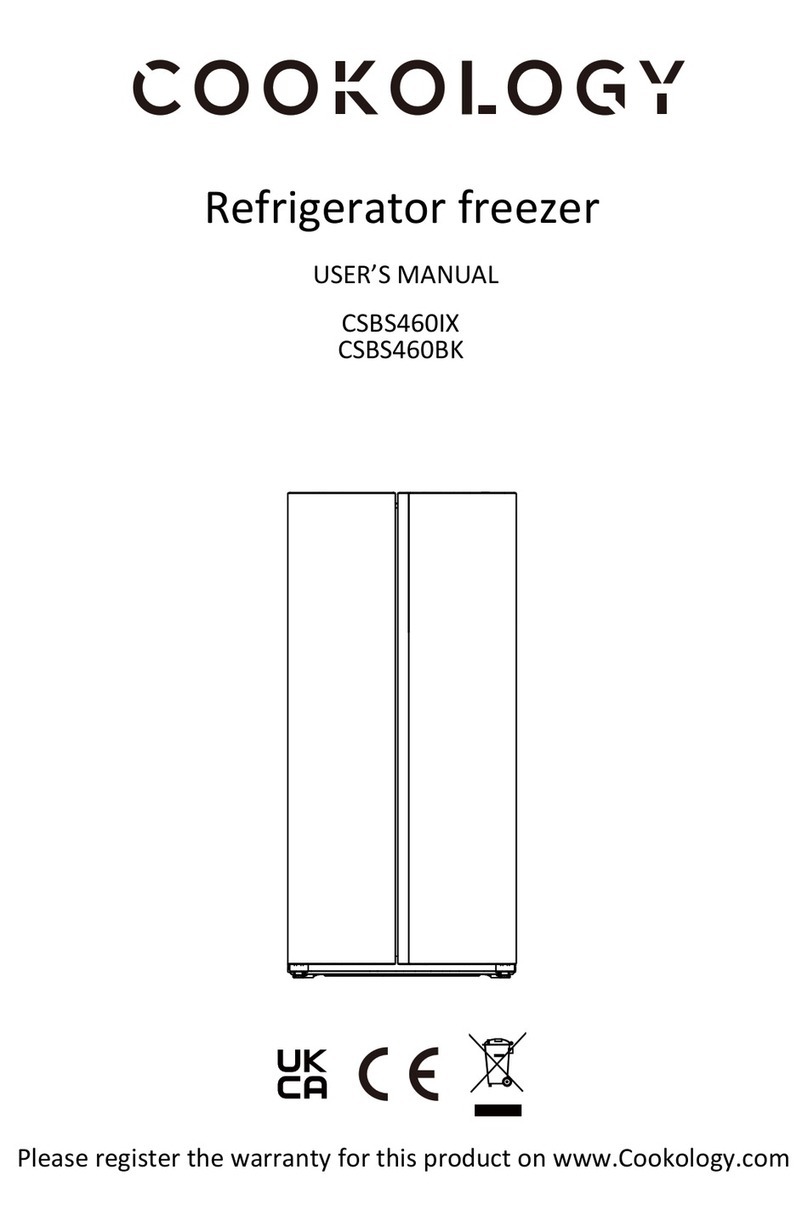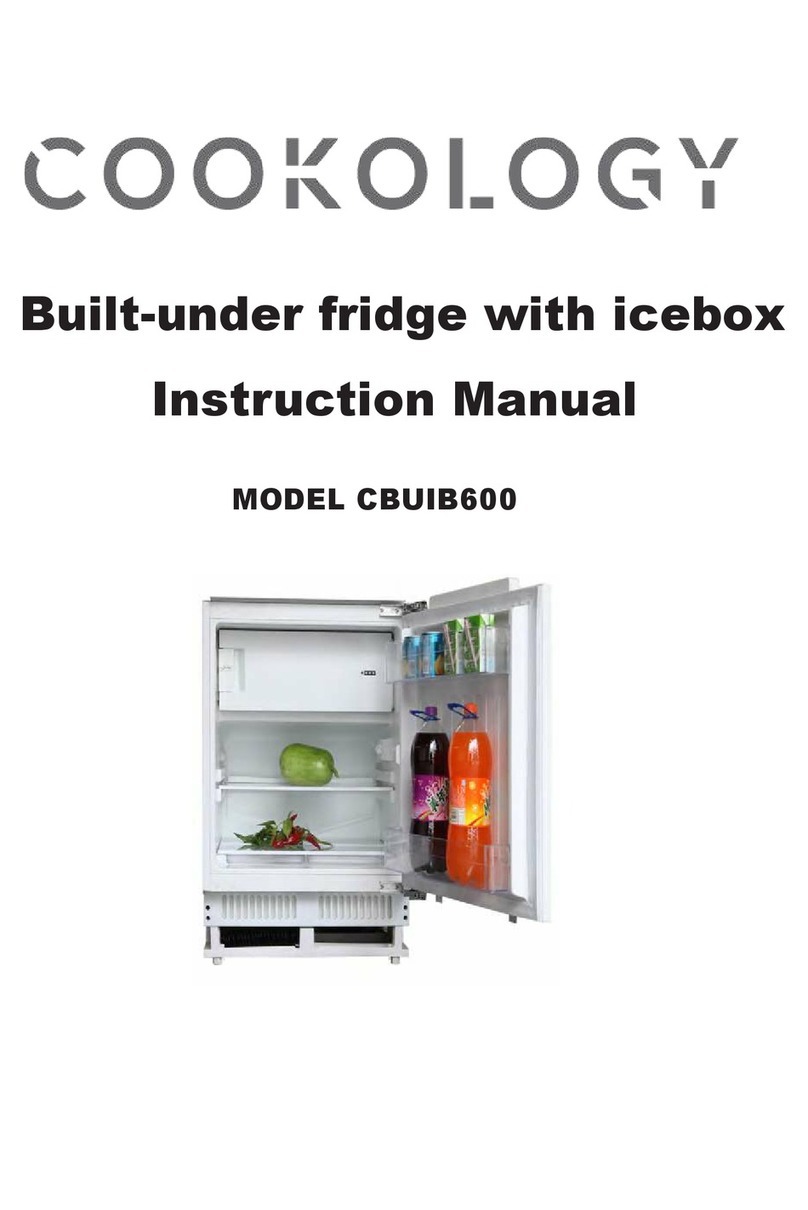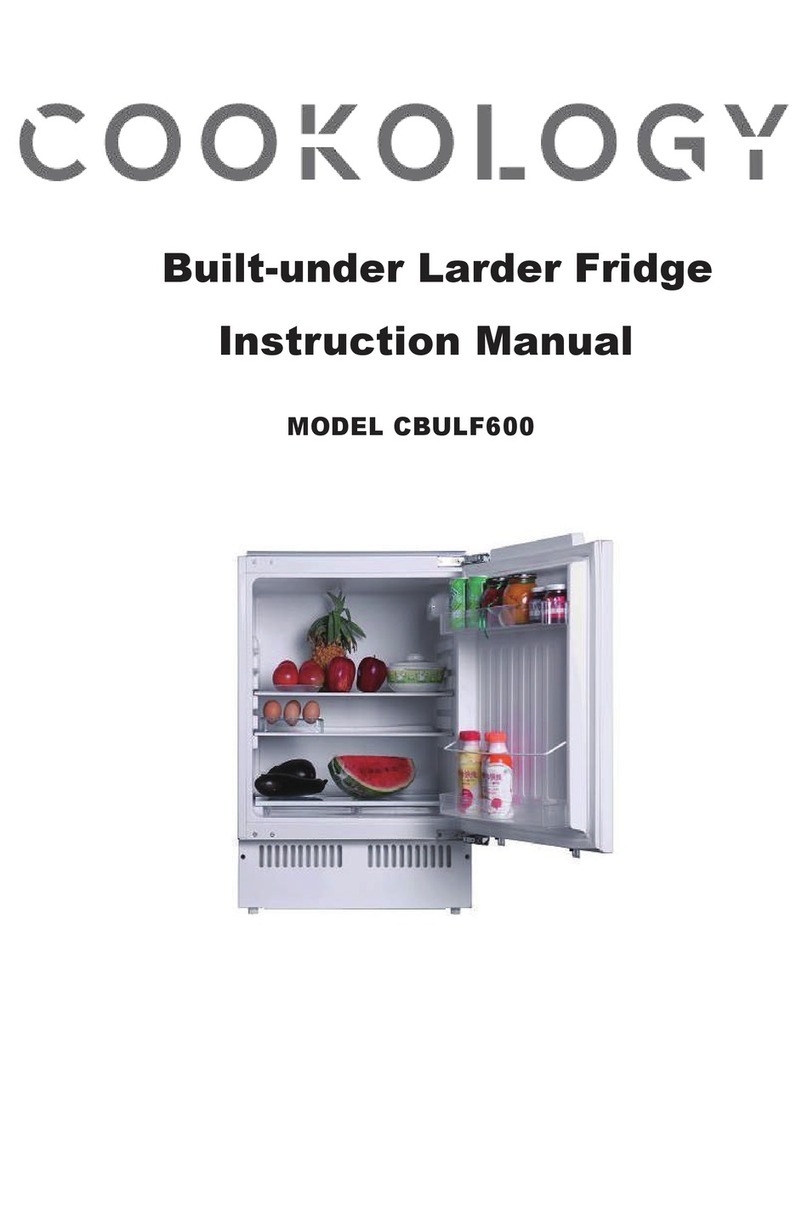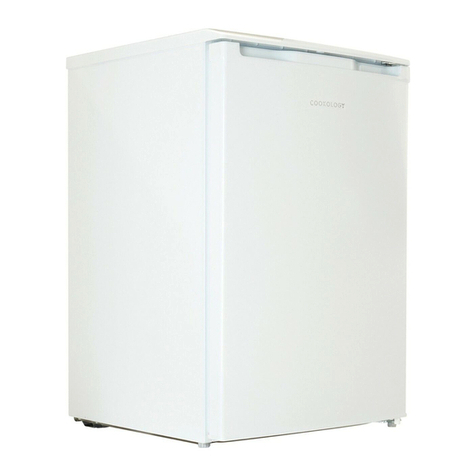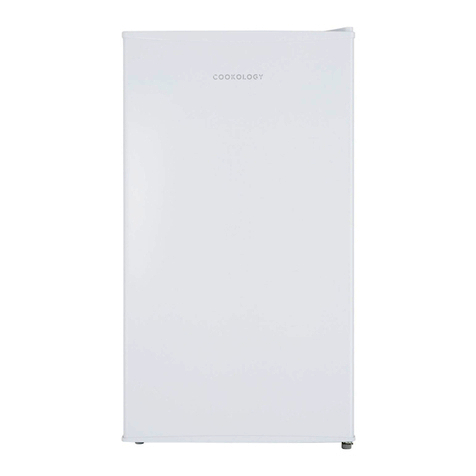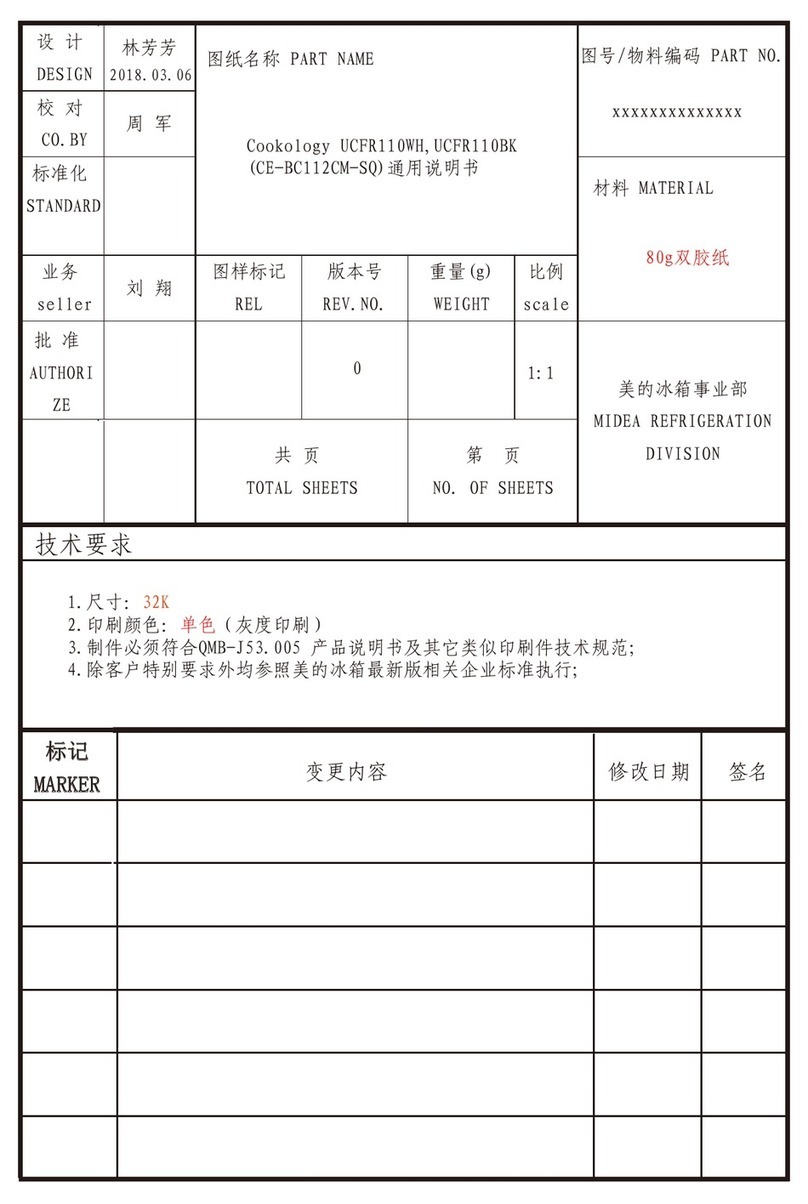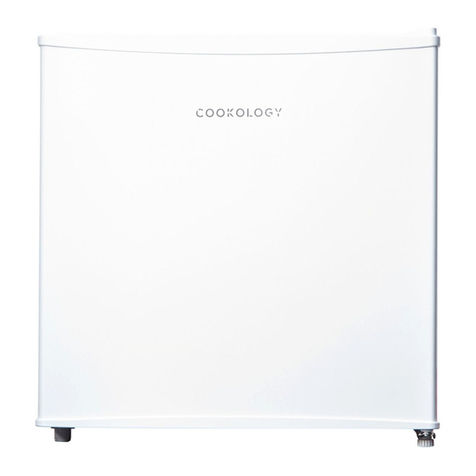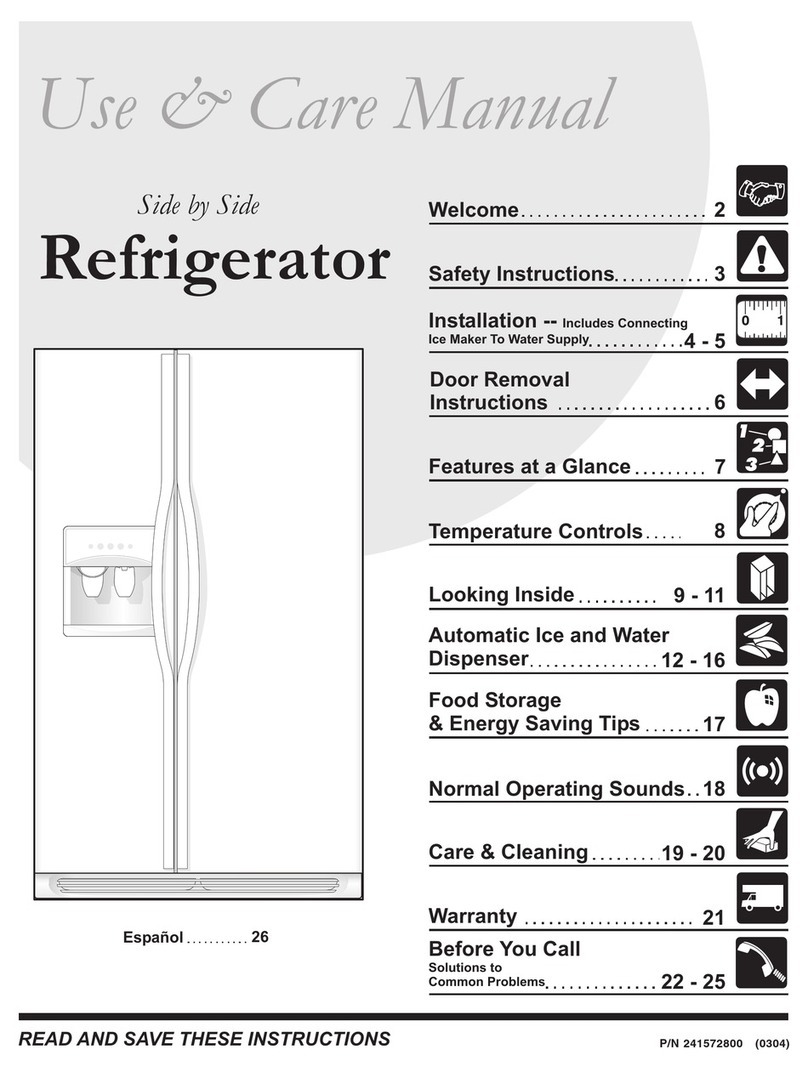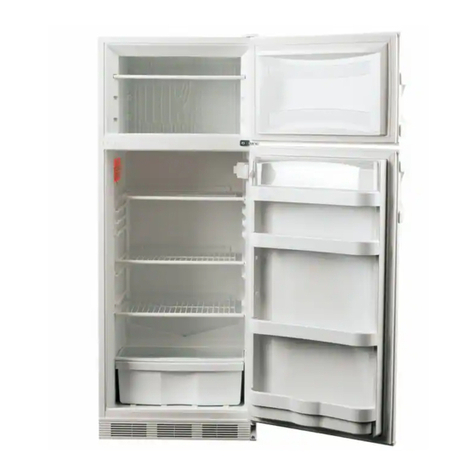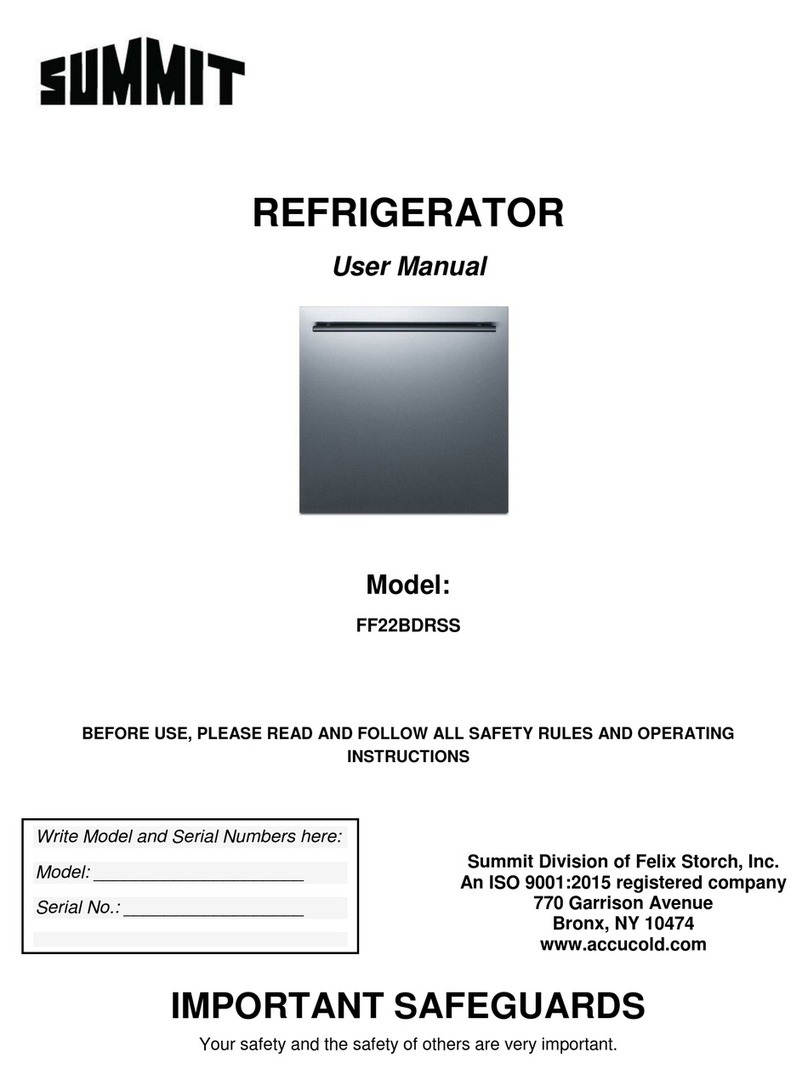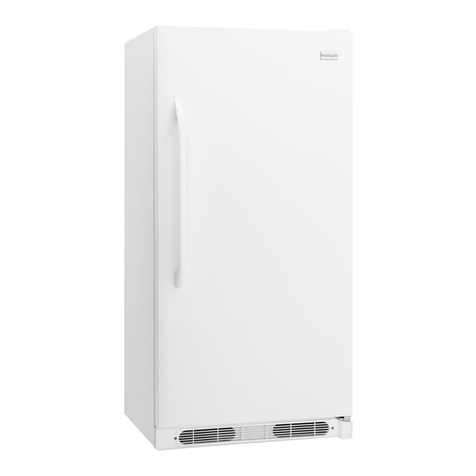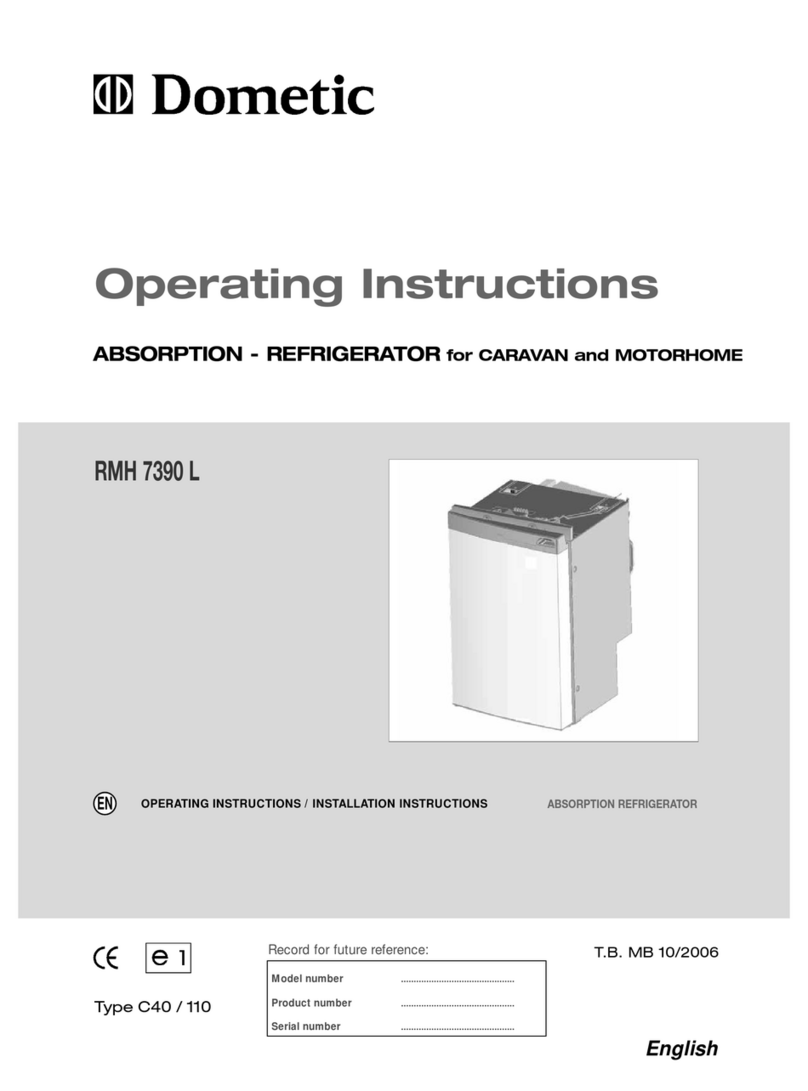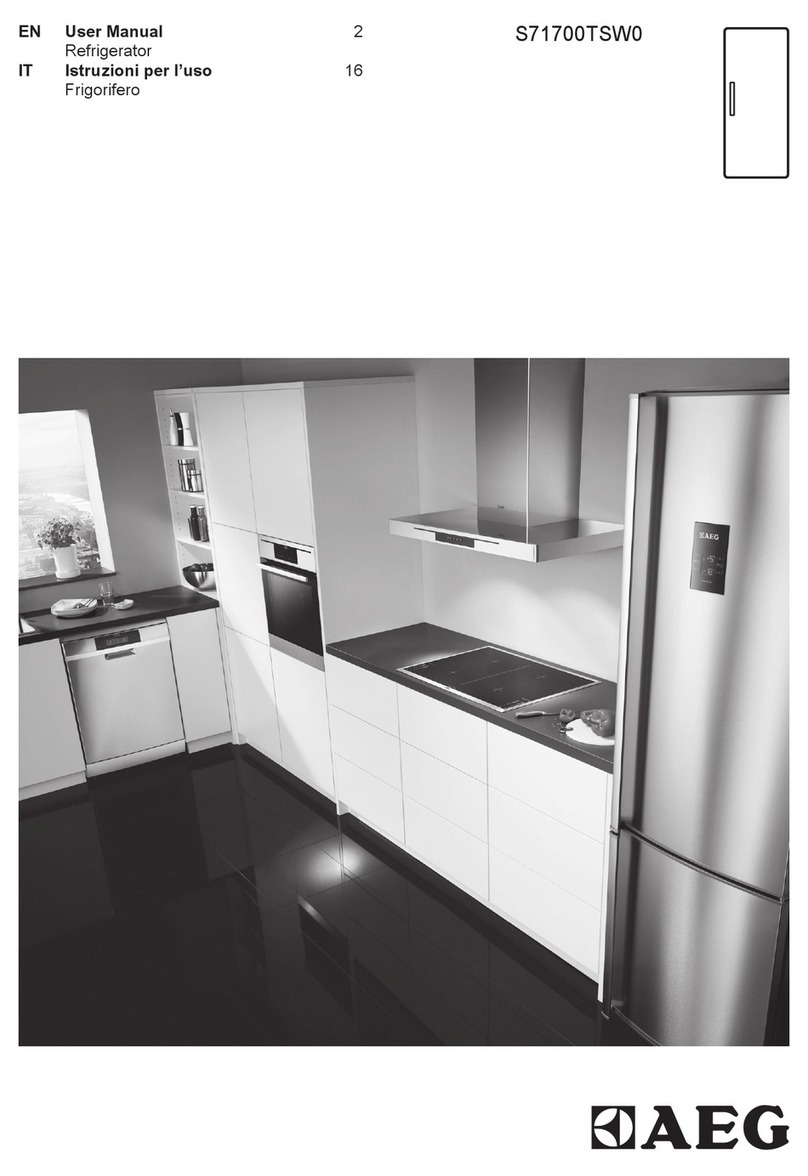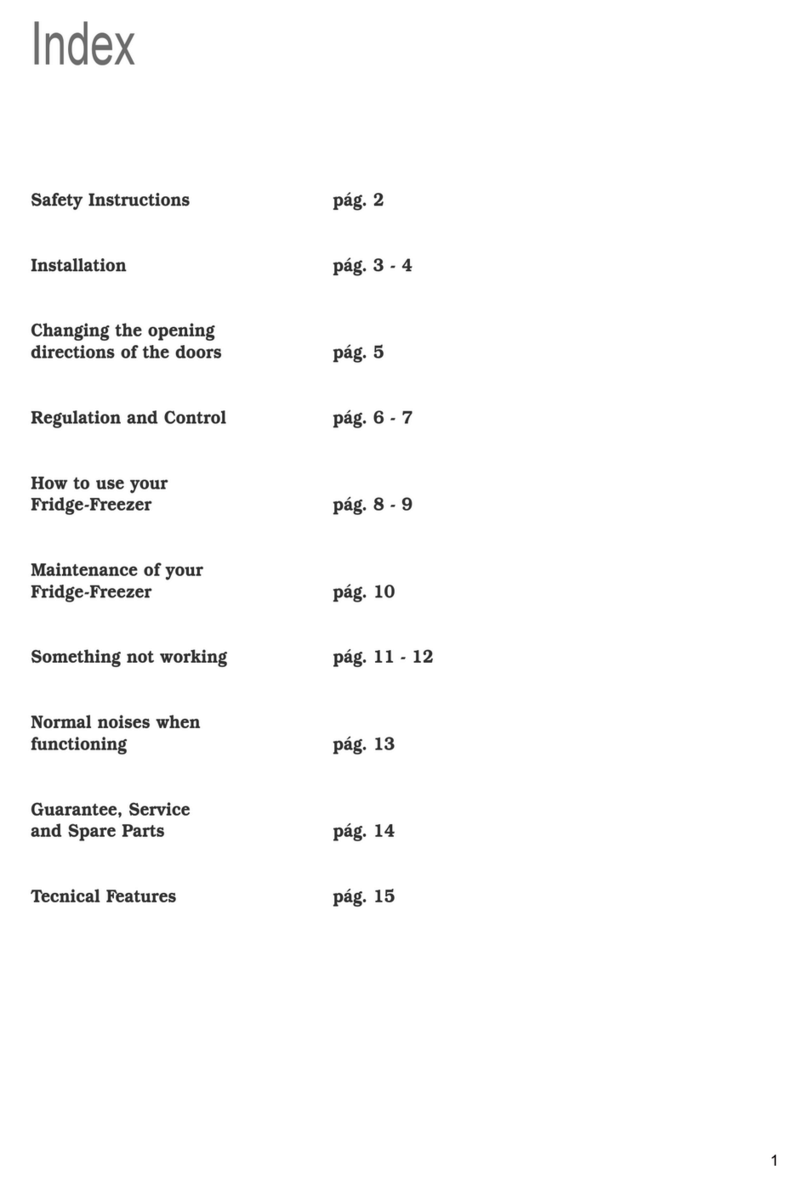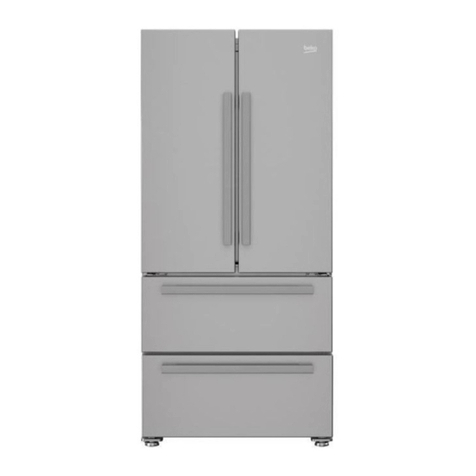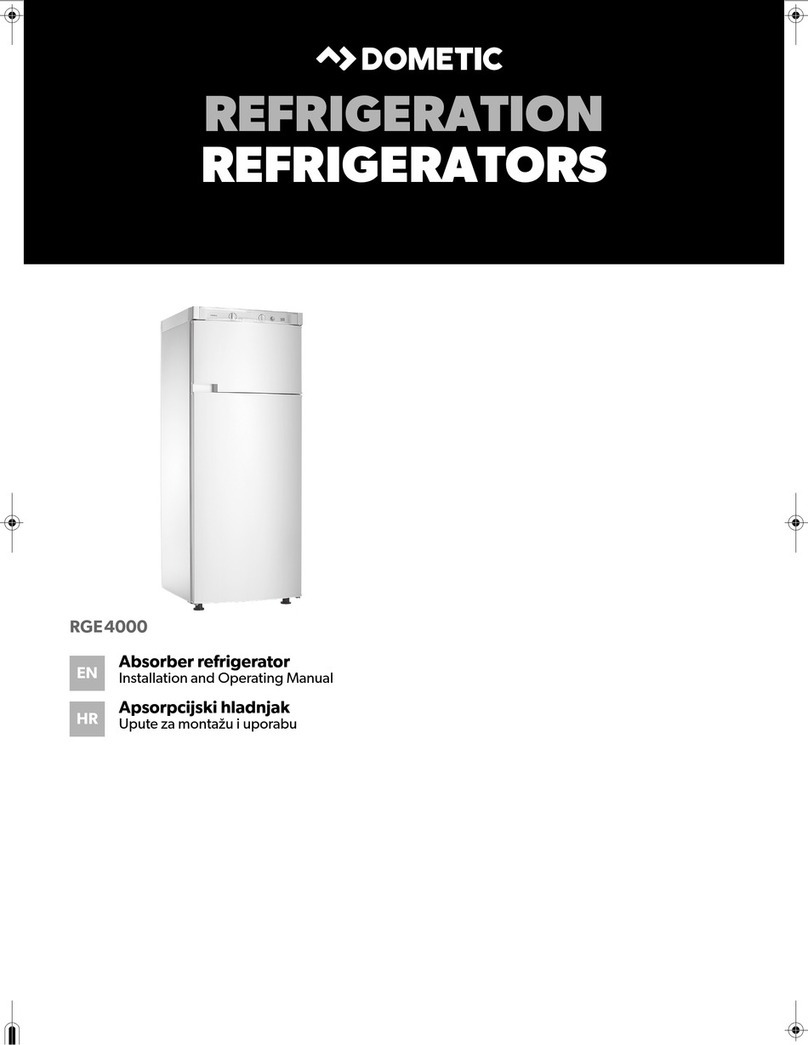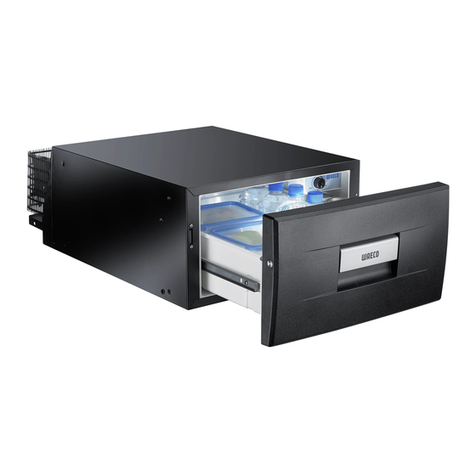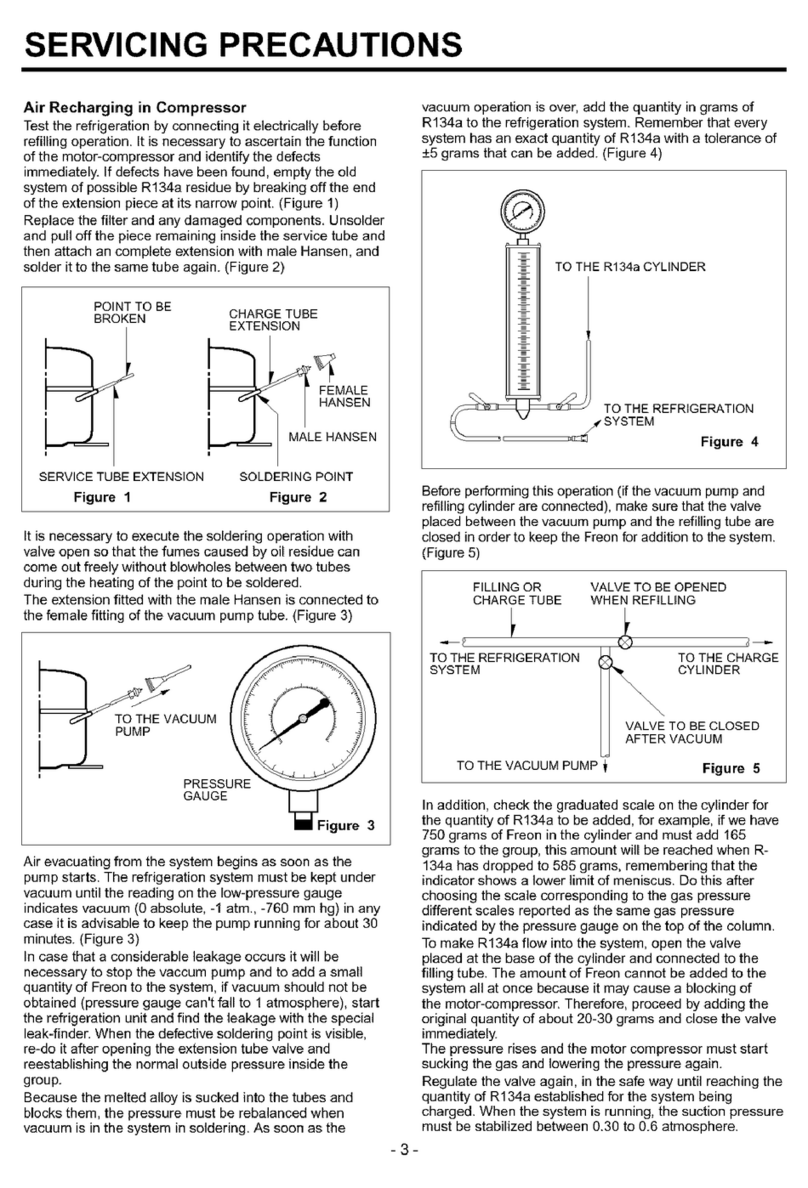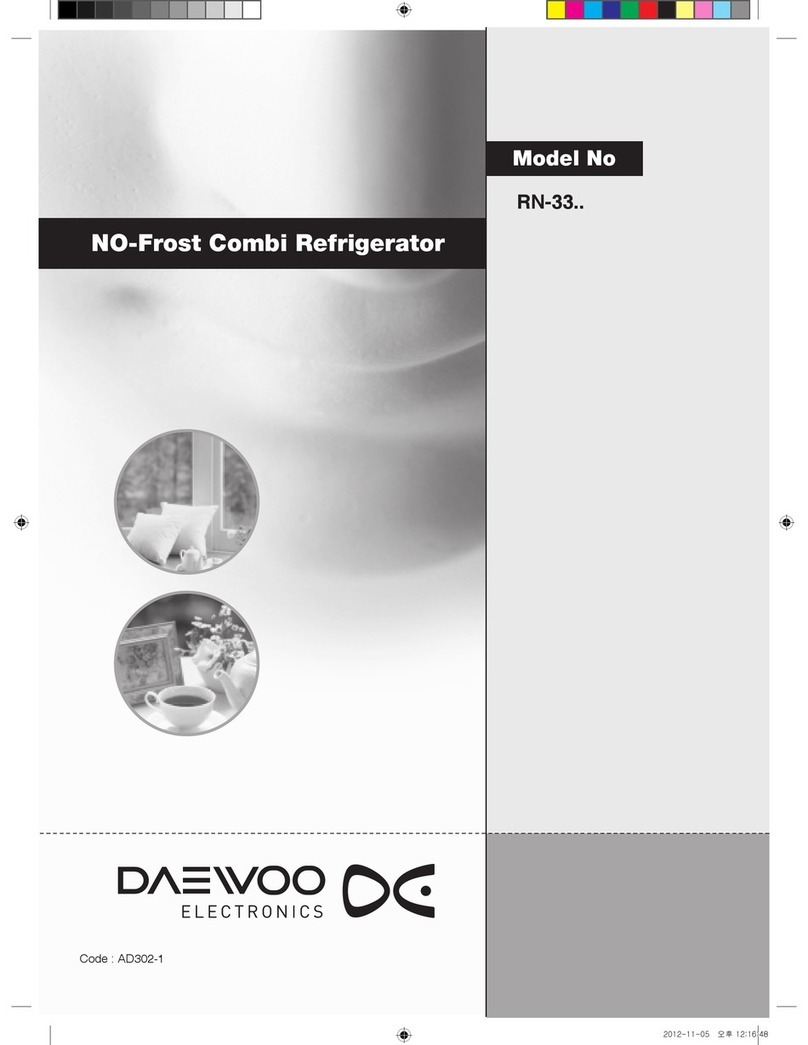
Cautions
Disposal of the Old Appliance
Before disposing of an old appliance, please make sure it is inoperative and safe. Unplug
the appliance and remove or destroy all locks in order to avoid the risk of child entrapment.
It must be noted that the refrigeration system contains insulating gases and refrigerants,
which require specialised waste disposal. The valuable materials contained in a refrigerator
can be recycled. Contact your local waste disposal centre for proper disposal of
an old appliance and contact your local authority or retailer if you have any questions.
Please ensure that the pipework of your refrigerator doesnot become damaged prior to
being collected bythe relevant waste disposal centre and contribute to environmental
awareness by insisting on an appropriate, any-pollution method of disposal.
Disposal of the Packaging of your New Appliance
All packaging materials used in the packaging of your newappliance may be disposed of
without any danger to the environment.
The cardboard box may be broken up or cut into smaller pieces and given to a waste paper
disposal service. The wrapping foil is made ofpolyethylene and the polyethylene pads and
stuffing contain no fluorochloric hydrocarbon.
All these valuable materials may betaken to a waste collecting centre and recycled.
Consult your local authorities for the details of the nearest waste materials collecting centre
and waste paper disposal services.
Safety Instructions and Warnings
Before switching on the appliance, read the information given in the User’s Guide carefully.
The User’s Guide contains very important observations relating to the installation,
operation and maintenance of the appliance.
Keep the User’s Guide in a safe place and remember to hand it over to the subsequent
owner, if you ever sell the appliance.
The manufacturer does not accept responsibility for any damages that may arise due to
non-observation of the following instruction.
*Damaged appliances must not to be used. If in doubt, consult your supplier.
1
